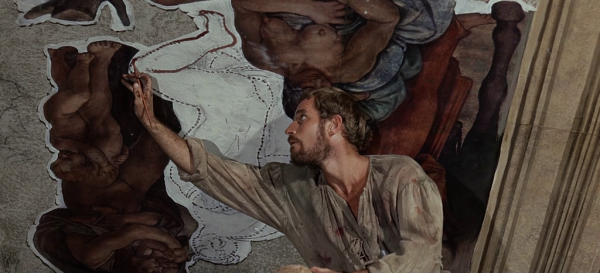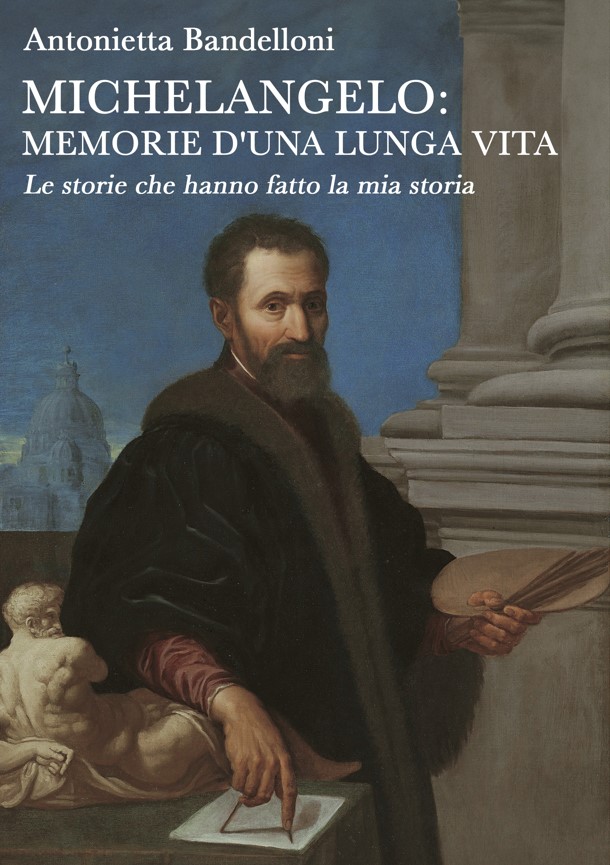The Agony and the Extasy: il film completo
Navigando in rete oggi ho trovato la versione integrale in inglese del film Il Tormento e l’Estasi. Il film basato sull’omonimo romanzo di Irving Stone venne girato da Carol Reed nel 1965.
Un vero e proprio kolossal che costò al tempo ben 12 milioni di dollari. Riuscì a ottenere diverse nomination agli Oscar e ha influenzato nel corso del tempo la visione che le persone avevano e hanno di me contribuendo a incrementare ancor di più qualche leggenda metropolitana sul mio conto come quella del dipingere la volta della Sistina sdraiato sui ponteggi.
La Cappella Sistina che vedete nel susseguirsi delle varie scene non è l’originale ma un set ricostruito negli studi romani di Cinecittà. Il vAticano infatti vietò il consenso ad adoperare la Cappella Sistina reale per effettuare le riprese cinematografiche.
Le scene che vedete girate in cava invece sono state realizzate sulla montagna Altissimo, nel comune di Seravezza. Perché è stato scelto quel sulle Alpi Apuane piuttosto che Carrara? Probabilmente per il tipo di paesaggio che negli anni in cui veniva realizzato il film, ancora era non era stato trasformato tanto quanto quello di Carrara rispetto al Cinquecento. Nelle cave di Seravezza rimasi infatti solo tre anni a partire dal 1518, costretto da papa Leone X.
Adesso vi lascio vedere il film… guardatelo dall’inizio alla fine, ne vale la pena. Se poi volete leggere il romanzo da cui è stato tratto questo film, lo potete acquistare QUA. Il sempre vostro Michelangelo Buonarroti.
The Agony and the Extasy: the complete film
Browsing the net today I found the full English version of the movie The Torment and the Ecstasy. The film based on the eponymous novel by Irving Stone was shot by Carol Reed in 1965.
A real blockbuster that cost a good 12 million dollars at the time. He managed to get several Oscar nominations and influenced over time the vision people had and have of me by helping to further increase some urban legends about me as that of painting the vault of the Sistine lying on scaffolding.
The Sistine Chapel you see in the succession of various scenes is not the original but a set reconstructed in the Roman studies of Cinecittà. In fact, the Vatican forbade the consent to use the Royal Sistine Chapel to carry out the filming.
The scenes you see shot in the quarry instead were made on the Altissimo mountain, in the municipality of Seravezza. Why was that chosen over the Apuan Alps rather than Carrara? Probably due to the type of landscape that in the years in which the film was made, it was still had not been transformed as much as that of Carrara compared to the sixteenth century. In fact, in the quarries of Seravezza I remained only three years starting from 1518, forced by Pope Leo X.
Now I let you see the movie … look at it from beginning to end, it’s worth it. If you want to read the novel from which this film was made, you can buy it HERE. Your always Michelangelo Buonarroti.










Grazie!!
"Mi piace"Piace a 1 persona